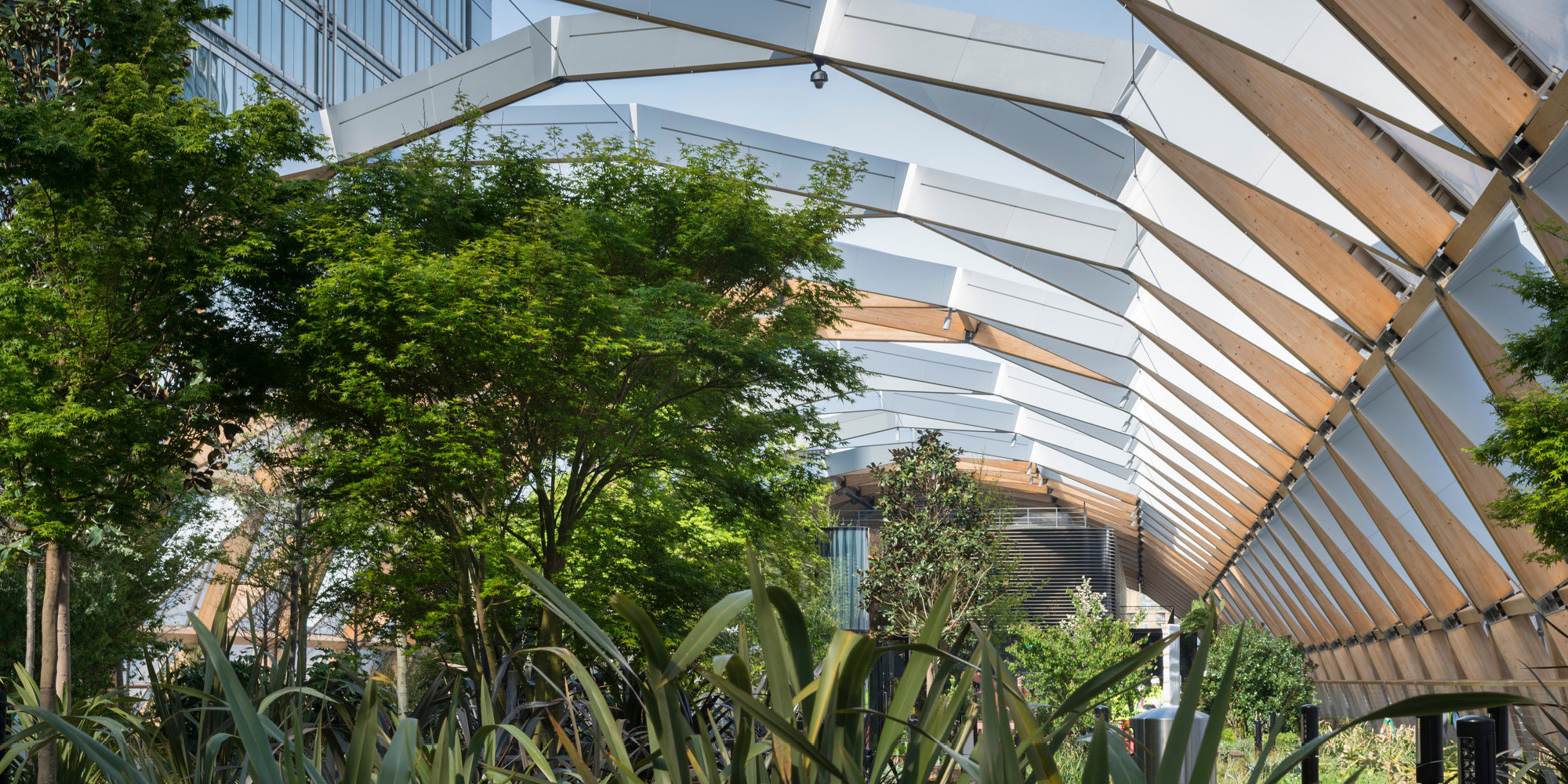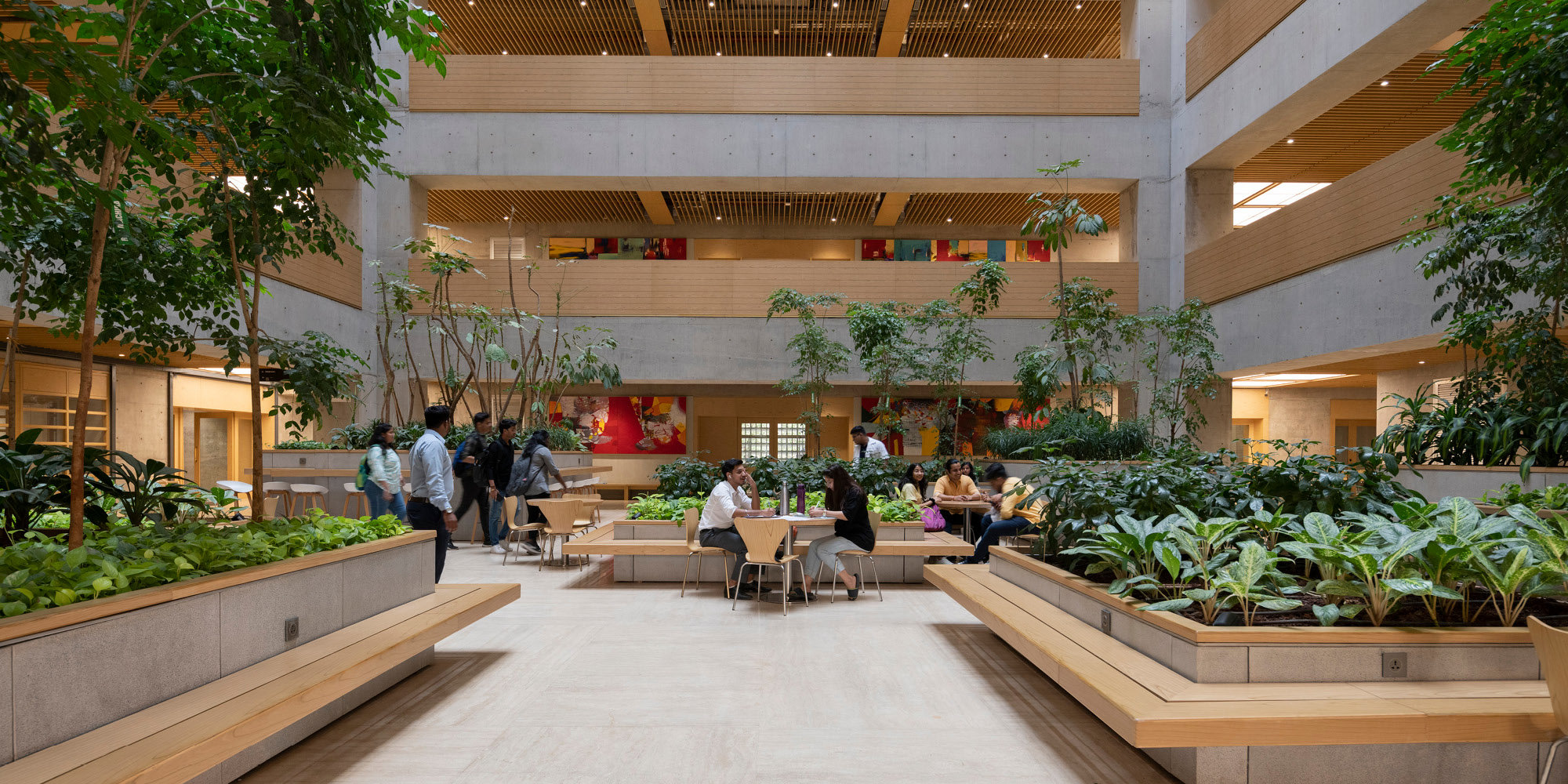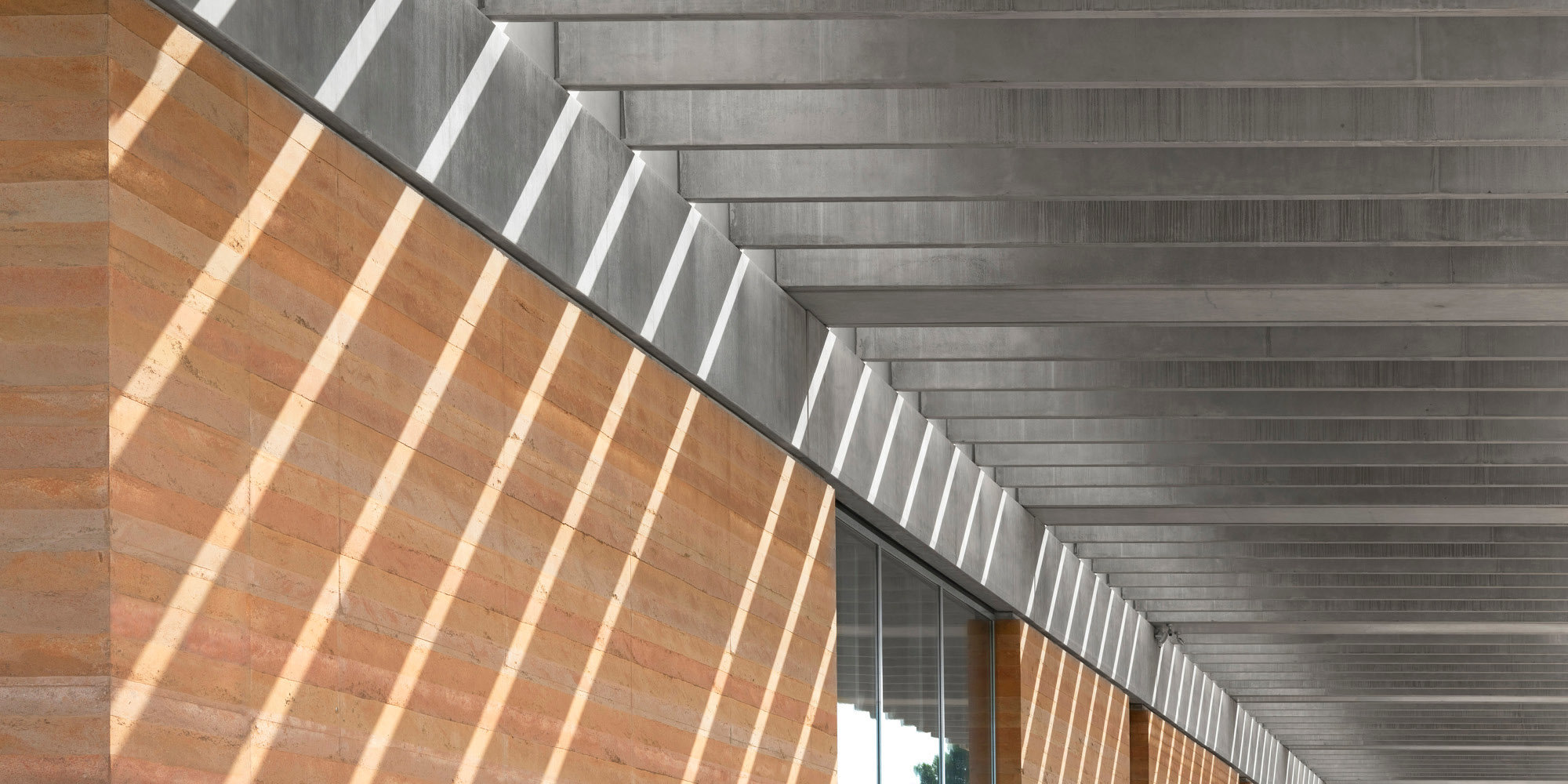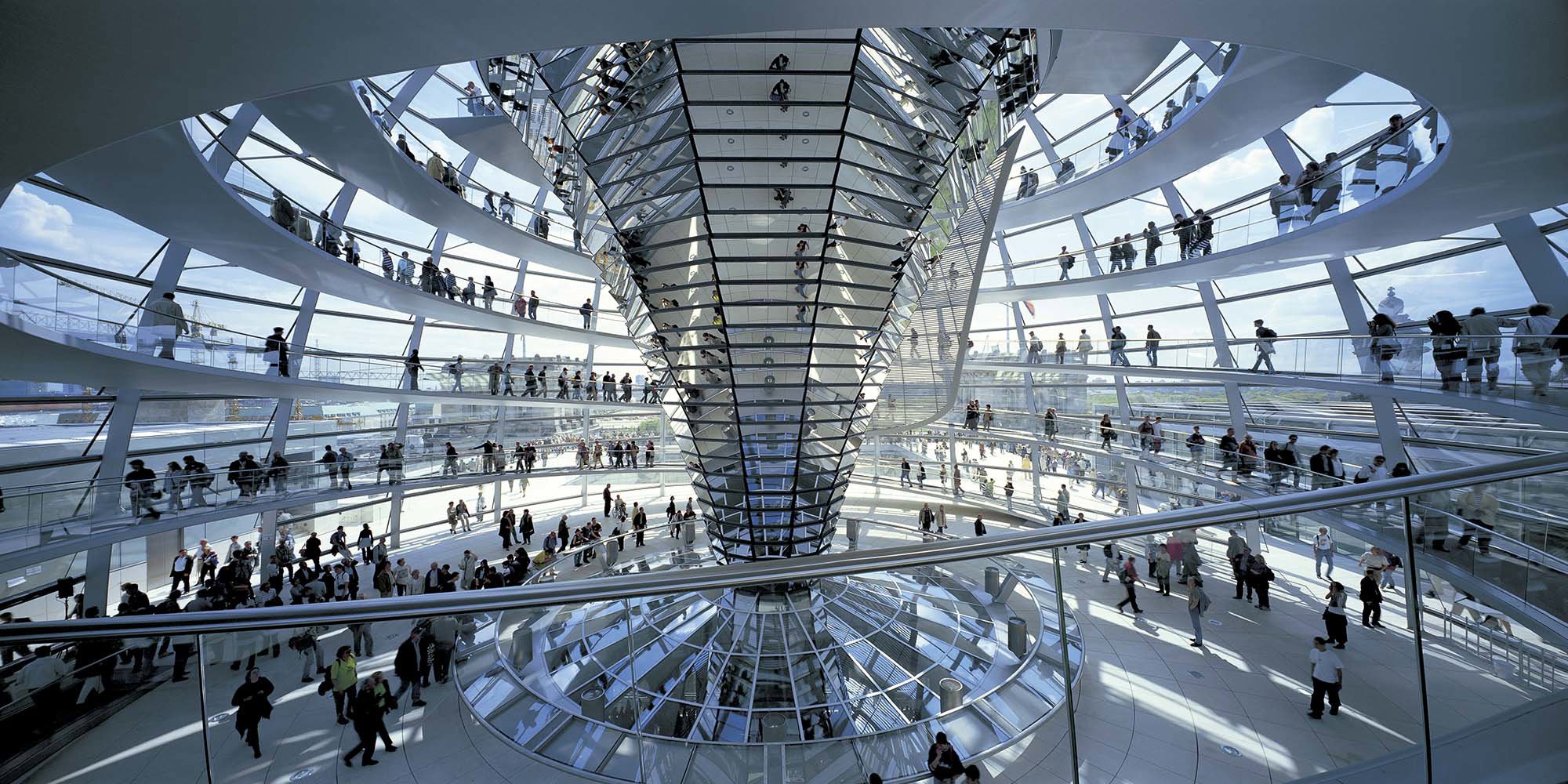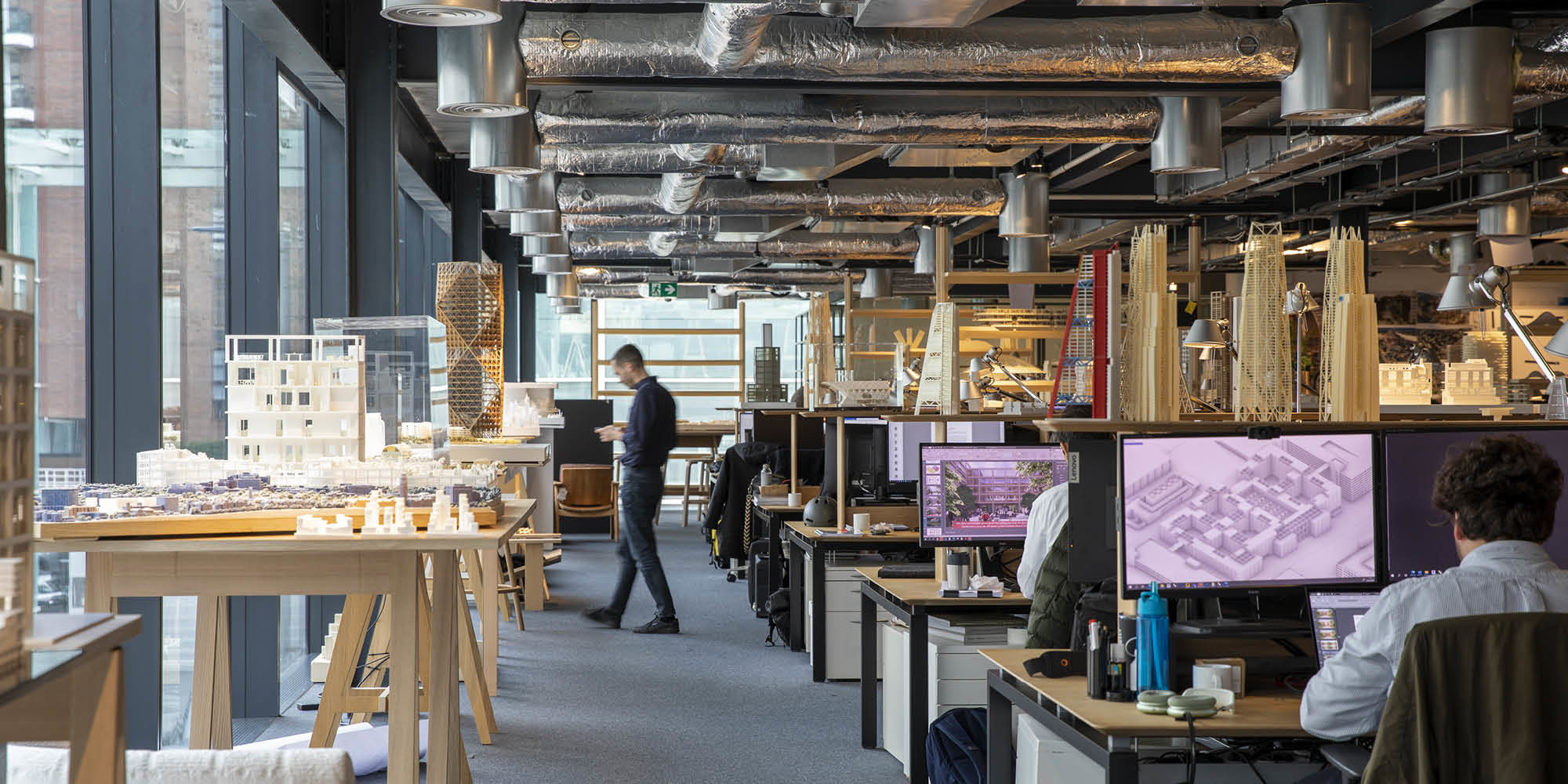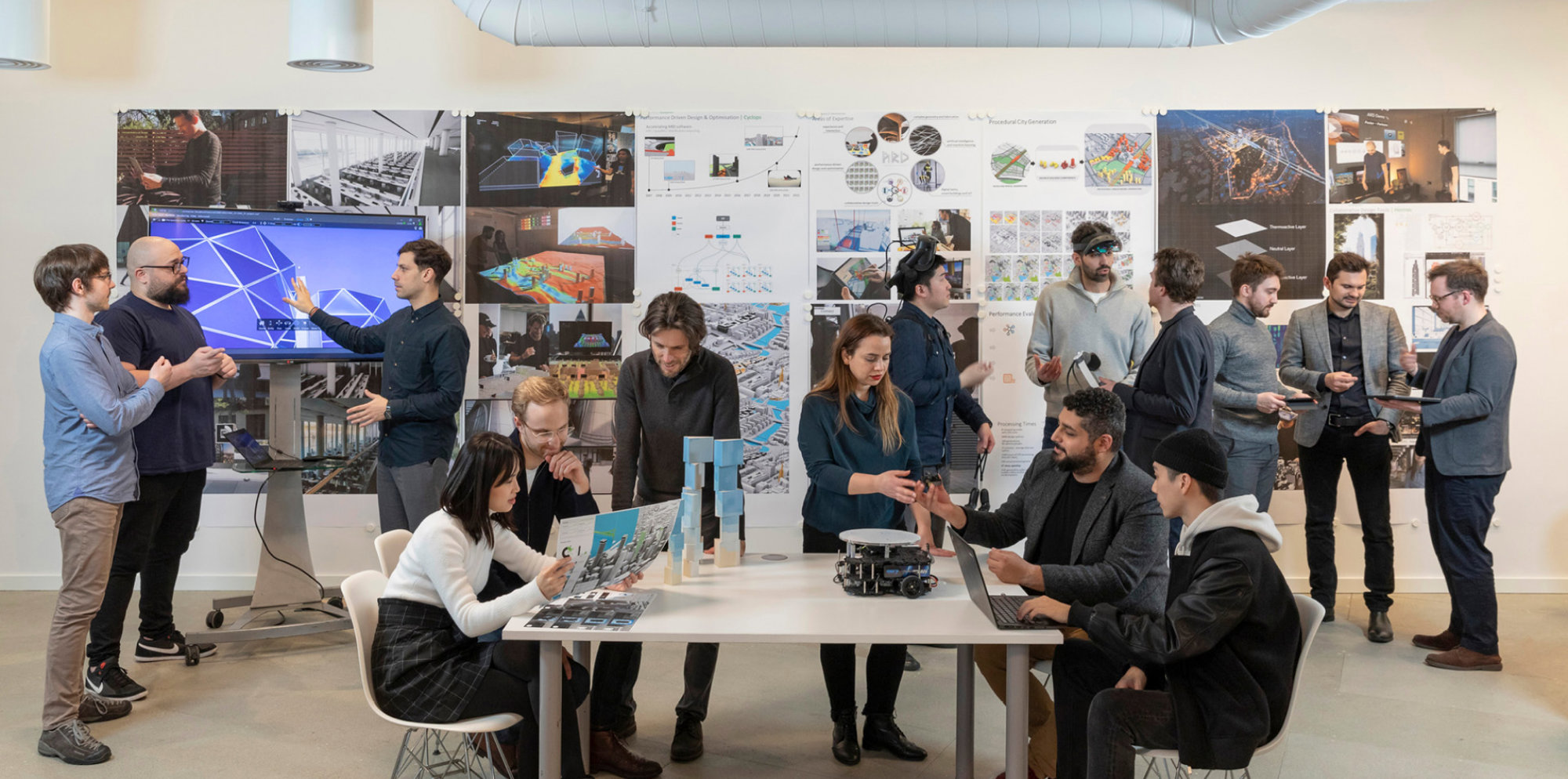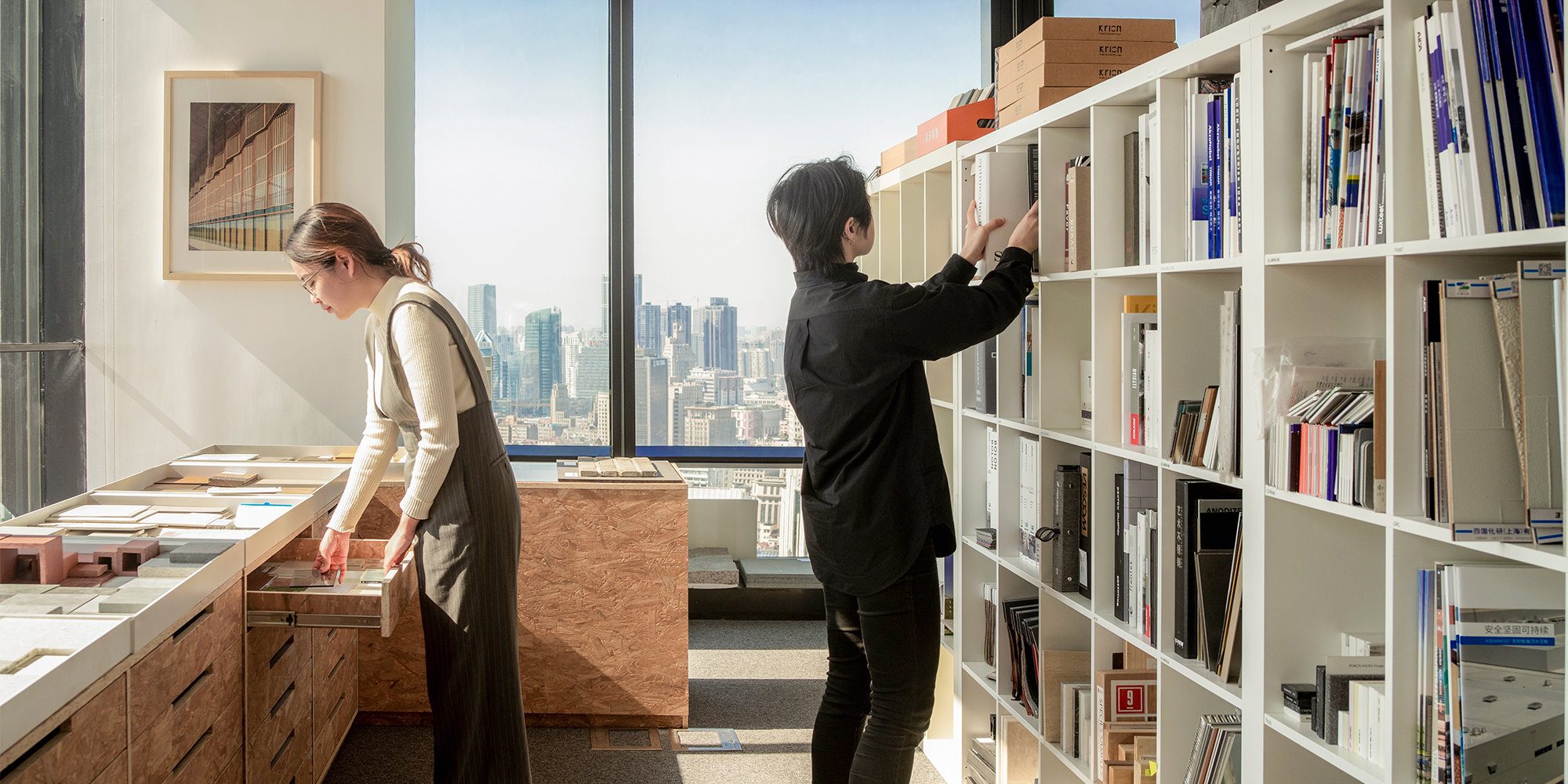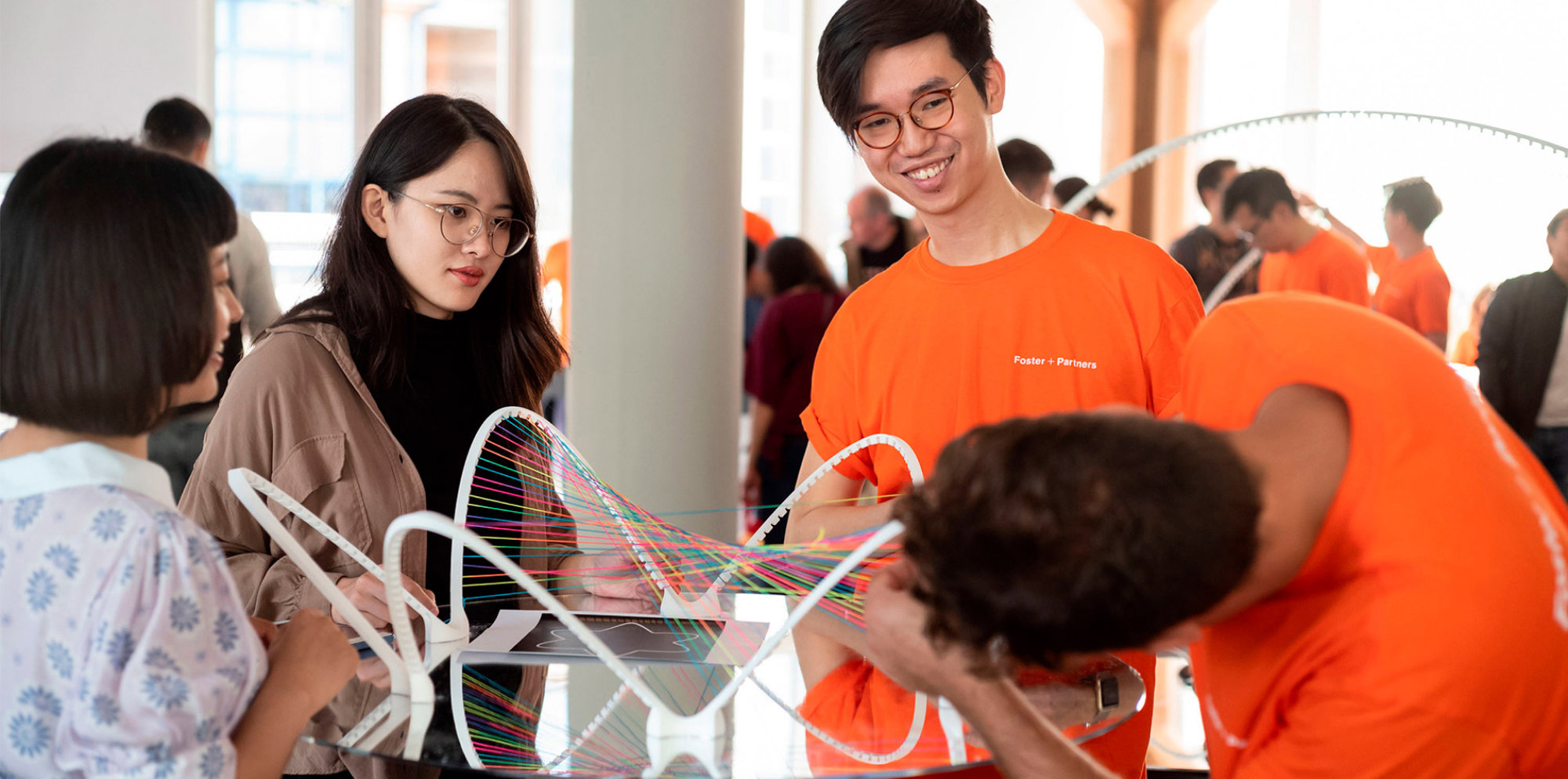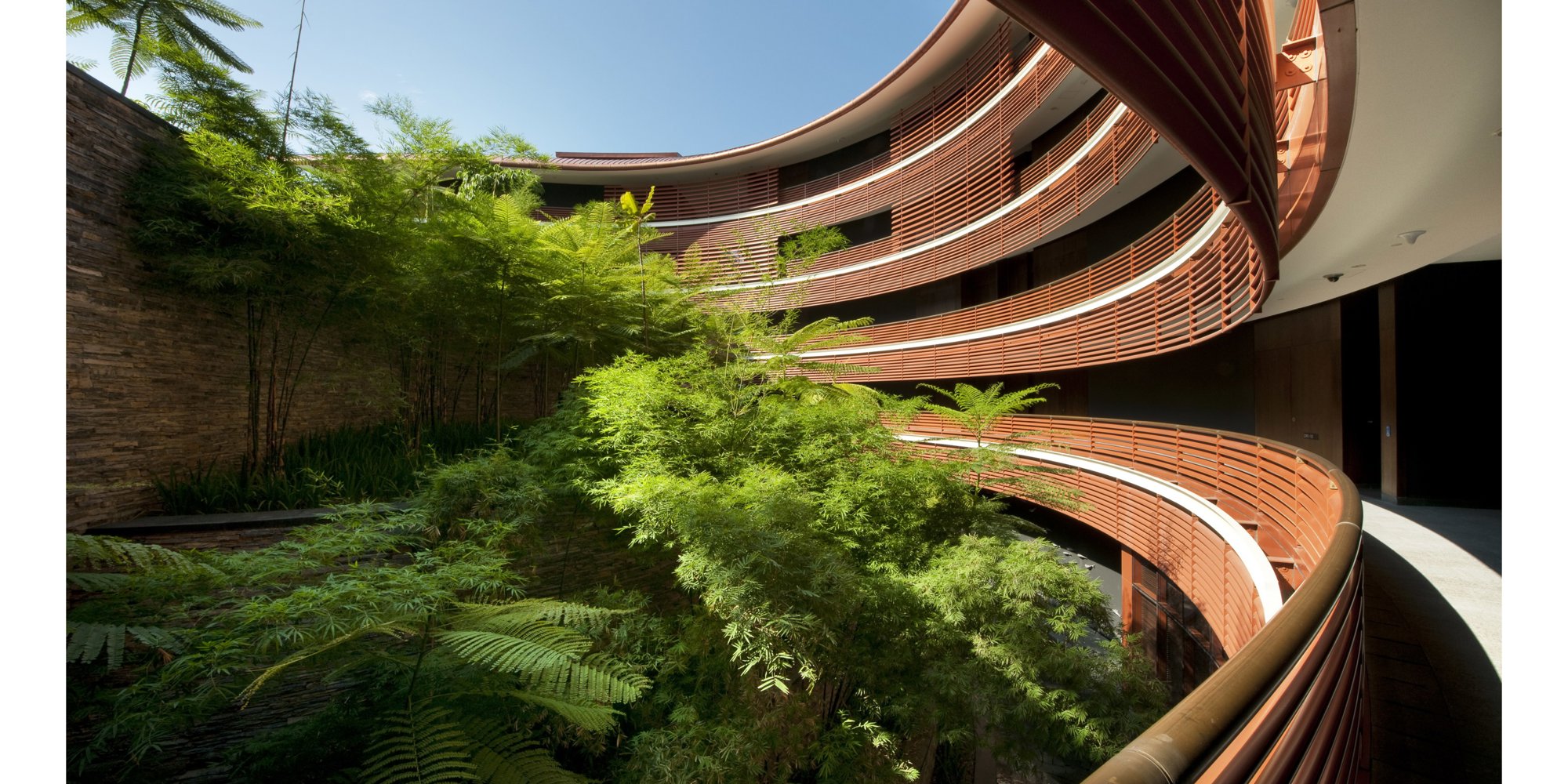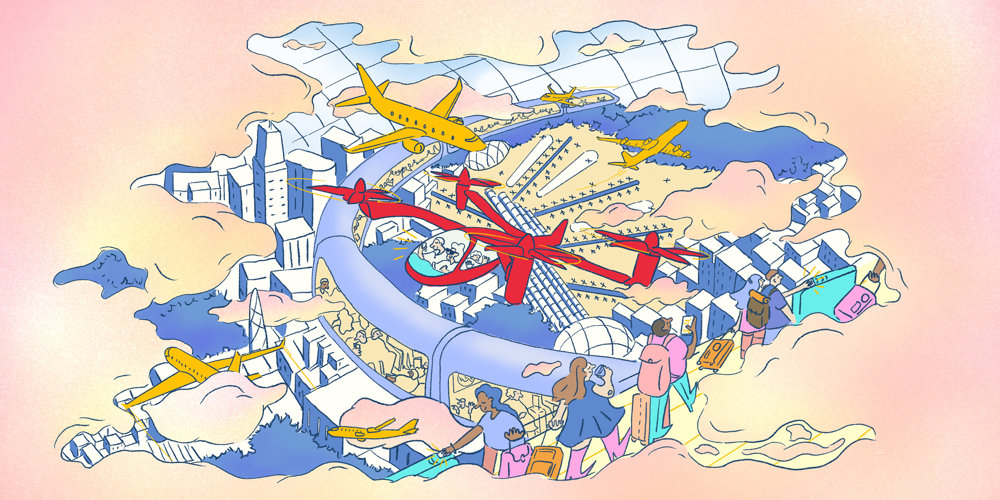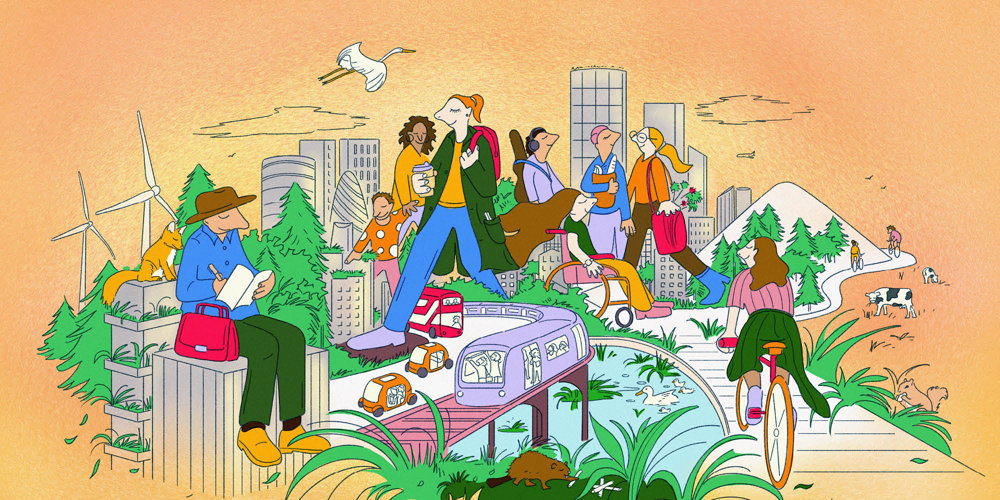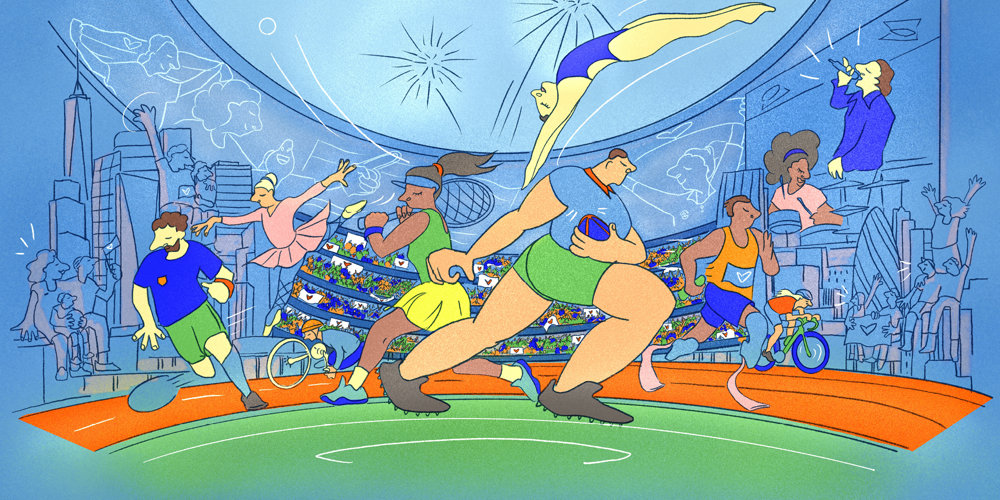Every month, three different voices from the practice share their ideas about the future of the built environment. Covering a range of typologies – from healthcare to stadiums and airports – we are building a picture of tomorrow.
This month, we asked Annamaria Anderloni, Marilu Sicoli, and Armstrong Yakubu about hospitality. Their responses highlight the importance of storytelling through design, emphasise the need for light-touch construction techniques that respect existing habitats, and demonstrate how the introduction of public spaces to private developments can bring them to life.

